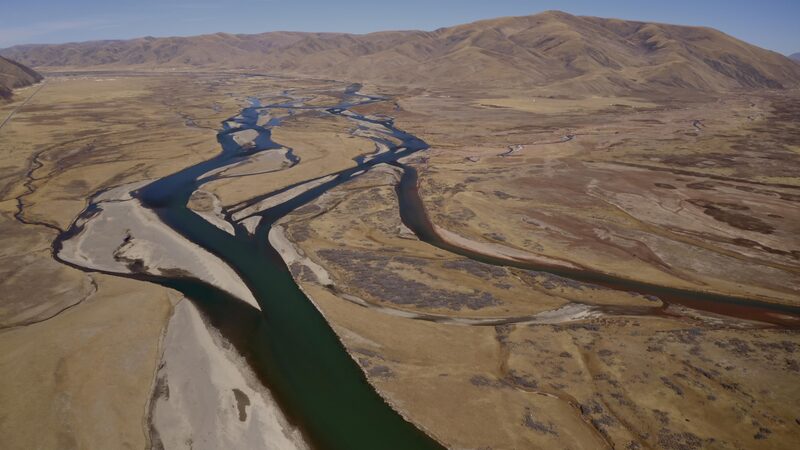🎉 This September marks the first anniversary of the Law of Ecological Conservation on the Qinghai-Xizang Plateau. Over the past year, major strides have been made in setting up a comprehensive monitoring system for the region's ecological environments, natural resources, and biodiversity.
🌄 At the heart of these efforts is the three-dimensional monitoring system implemented at Sanjiangyuan National Park, which has triumphed over harsh conditions and low efficiency challenges.
🐏 In late August, after the migration and calving season of Tibetan antelopes, new monitoring footage revealed a promising increase in their population numbers. \"This footage from the Wubei Bridge monitoring point shows over 100 migrating Tibetan antelopes,\" shared Wang Yue from the Ecological Monitoring Information Center.
📡 The system now spans 190,700 square kilometers with over 1,000 monitoring sites, delivering real-time data on ecological types, natural landscapes, and wildlife in key areas. This data streams continuously to the computing center in Xining City, replacing the old manual data entry methods.
⌛ \"Previously, it took us four to five weeks to go from park inspections to data submission. Now, with macro-remote sensing, we can gather, submit, and analyze data within a week,\" explained Jin Daiying, director of the Ecological Monitoring Information Center.
🏔️ \"The Qinghai-Xizang Plateau experiences a pleasant climate only for a few months. Our remote monitoring system overcomes the tough working conditions, including high altitude and low oxygen, providing real-time and accurate data,\" said Zhu Yanpeng, chief engineer at the Institute of Ecology, Chinese Research Academy of Environmental Sciences. \"This is crucial for preserving the region's ecology and supporting informed decision-making.\"
Reference(s):
Ecological monitoring boosts conservation in Qinghai-Xizang Plateau
cgtn.com







